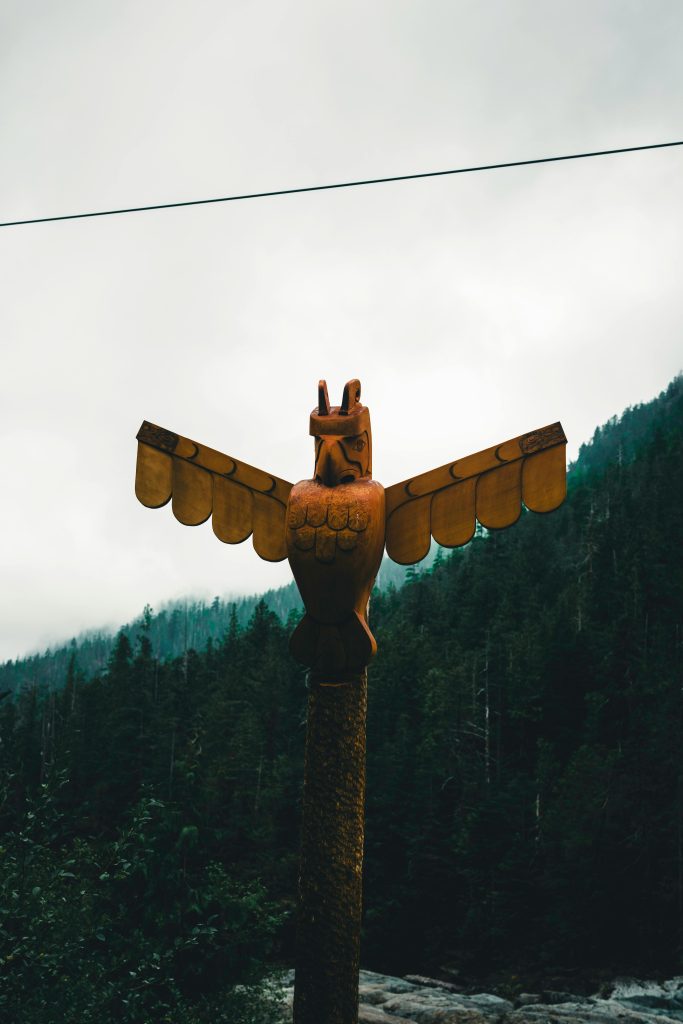Imagine standing amidst nature with your camera, waiting for that perfect shot of a hidden leopard or a soaring eagle. Wildlife photography combines art, patience, and a deep respect for nature, and what better place to practice this than within the sprawling landscapes of national parks? In this article, we delve into the world of wildlife photography national parks, offering insights into the best locations and tips to capture awe-inspiring wildlife shots.
- Why Choose National Parks for Wildlife Photography?
- Top National Parks for Wildlife Photography
- Essential Tips for Wildlife Photography in National Parks
- Recommended Gear for Wildlife Photography
- Ethics and Safety While Photographing Wildlife
Why Choose National Parks for Wildlife Photography?
National parks offer unparalleled opportunities for wildlife photography. These protected areas are sanctuaries where wildlife thrives, providing photographers with the chance to capture natural behavior in stunning, untouched environments. Whether it’s the predators of the African savannas or the diverse ecosystems of the Americas, national parks are hotspots for photographers aiming to expand their portfolios with spectacular, wild encounters.
Top National Parks for Wildlife Photography
From the well-trodden paths of Yellowstone to the remote wilderness of South Africa’s Kruger National Park, each location offers unique experiences and subjects. North America’s Yellowstone is perfect for photographing large predators like bears and wolves, while the Galápagos Islands provide close encounters with exotic birds and marine life. In India, the Bandhavgarh National Park is renowned for its high density of tigers, an ideal spot for those seeking the thrill of photographing these majestic creatures in their natural habitat.
Secondary Parks to Consider
While iconic parks often steal the spotlight, numerous lesser-known parks around the globe offer equally compelling wildlife photography opportunities. These include the Pantanal in Brazil, known for its wetlands and jaguar sightings, and the Tadoba Andhari Tiger Reserve in India, which provides a less crowded alternative with frequent tiger sightings.
Essential Tips for Wildlife Photography in National Parks
Successful wildlife photography in national parks requires more than just technical skills; it demands patience, respect for nature, and the right timing. Early morning or late afternoon times are ideal for capturing wildlife in soft natural light. Additionally, understanding animal behavior and being in the right place at the right time can dramatically increase your chances of a successful shoot.
Composition and Patience
Composition is key in wildlife photography. Learning to frame shots with the environment in context can add depth to your photographs. Patience is equally important, as wildlife will not always appear on cue. Many professional photographers spend hours waiting for a single perfect moment.
Recommended Gear for Wildlife Photography

Choosing the right gear is crucial for capturing sharp, detailed images of wildlife. A DSLR or mirrorless camera with a high-quality telephoto lens is essential for getting close-up shots without disturbing the animals. Tripods and remote shutter releases can also help stabilize your shots and reduce camera shake.
Ethics and Safety While Photographing Wildlife

The excitement of wildlife photography must be balanced with a strong ethical approach to ensure the safety and preservation of natural habitats. Photographers should maintain a safe distance from wildlife to avoid stress or harm to the animals. Additionally, feeding or attempting to attract wildlife with calls or lures is strongly discouraged as it can alter natural behaviors.
In conclusion, wildlife photography national parks are not just about capturing images, but also about appreciating the natural world and contributing to its conservation. By choosing the right national park, respecting the wildlife, and preparing adequately, photographers can enjoy the thrill of capturing nature’s finest moments. So grab your gear, respect your surroundings, and immerse yourself in the adventure of wildlife photography.

